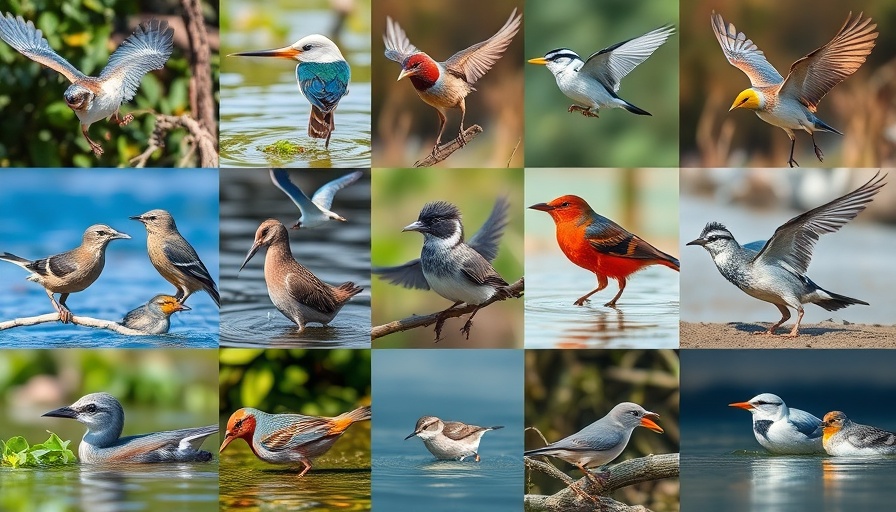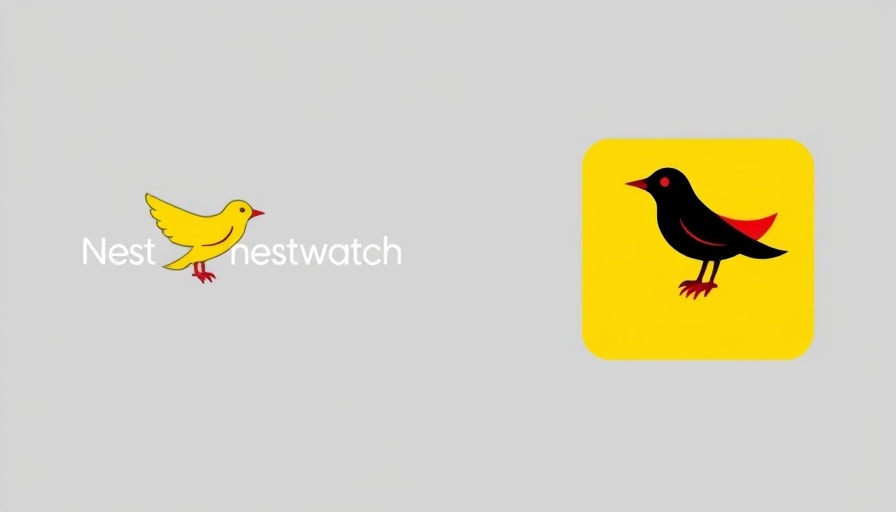
Embracing a New Era of Bird Conservation
As we step into February 2025, the spirit of collaboration drives innovation in bird conservation efforts. NestWatch is thrilled to announce its partnership with The Peregrine Fund’s American Kestrel Partnership (AKP), enhancing the data entry system to streamline the monitoring of American Kestrel nests across North America. With a staggering dataset comprising approximately 60,000 observations from over 5,200 nests across 49 U.S. states and Canadian territories, this merger is set to provide unprecedented insights into kestrel breeding patterns. For participants, this change promises easier access to vital data that could shape conservation practices and research moving forward.
First Fledgings of 2025: A Cause for Celebration
In an exciting start to the breeding season, two Eurasian Collared-Doves in Colorado were the first to fledge reported in 2025! Ronald Hunt’s early success signals a vibrant nesting season ahead. In addition, many other species have begun their reproductive journeys, contributing to the rich tapestry of our avian ecosystem. As more nests get underway, we can anticipate a wealth of data that continues to inform conservation efforts and public engagement.
The Importance of Community Involvement
At the heart of initiatives like NestWatch is the passionate involvement of citizen scientists. Newcomers are encouraged to familiarize themselves with monitoring guidelines and engage in the nesting process, whether they're experienced birdwatchers or first-time volunteers. The joy of participating in this conservation effort isn’t just in the action but in sharing stories, experiences, and knowledge among our community. Join us in fostering this spirit as we monitor nests and share findings, creating a collective learning experience for everyone.
Looking Forward: Opportunities for Growth
As we venture deeper into this breeding season, there are immense opportunities for learning and growth—both for our feathered friends and for those who wish to contribute. Whether it’s entering data, observing nests, or simply learning about local species, every action counts. The fusion of participants’ insights will enhance our understanding of bird populations and empower us to make informed decisions towards species preservation and habitat restoration.
By participating in NestWatch and embracing these updates, we can all contribute to a brighter future for our planet's avian species. Let's make this breeding season one of learning, collaboration, and hope!
 Add Row
Add Row  Add
Add 




Write A Comment